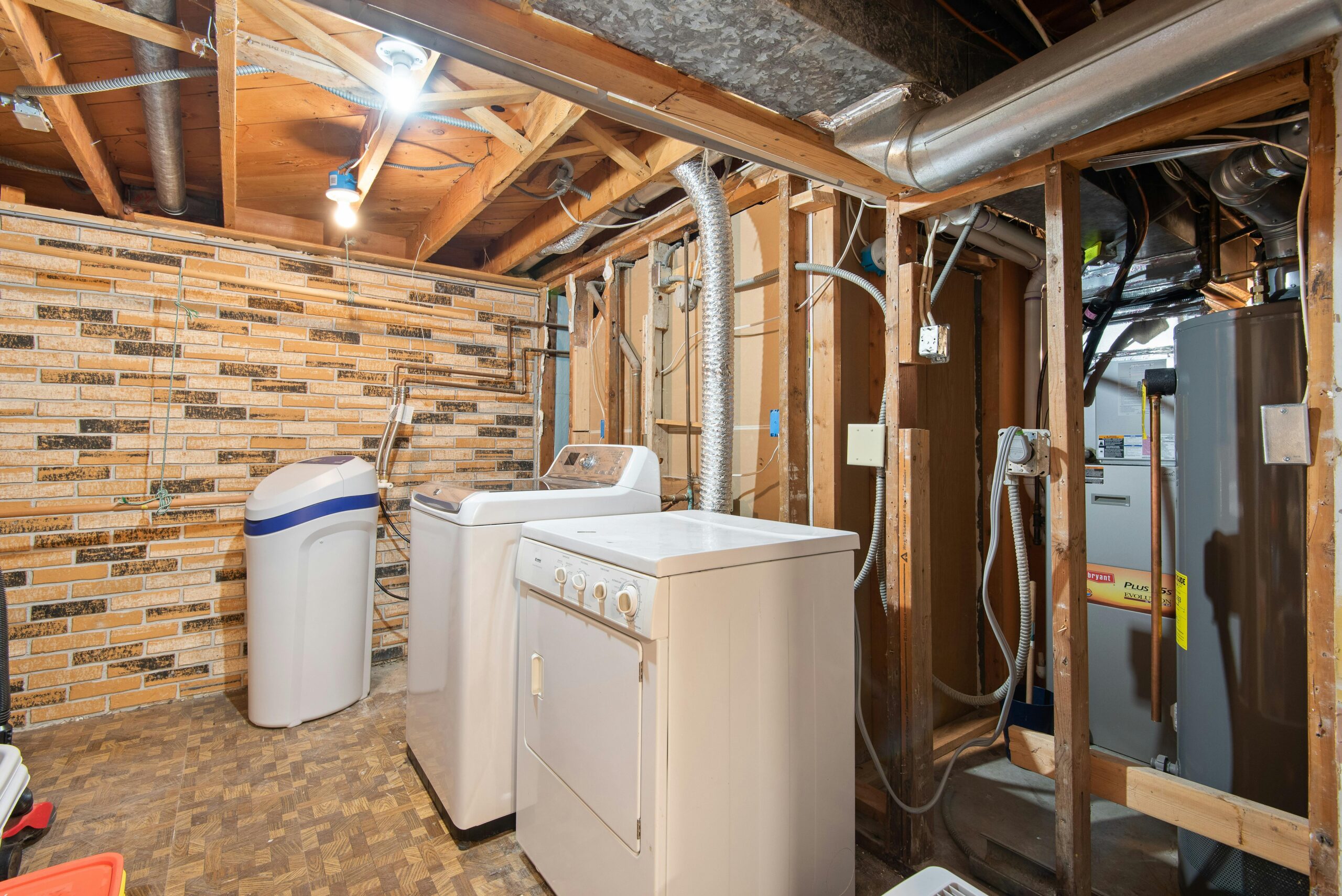Attic ventilation is a critical aspect of any roof system, and maintaining them is best left to the pros. In this blog post, the experts at Crawl Pros explain why attic ventilation through the use of attic baffles is so important, especially in the PNW. Contact us with any questions!
What Are Attic Baffles?
Attic baffles — also known as insulation stops or rafter vents — are chutes between the vented soffits and insulation in your attic. They provide a space between the soffits and insulation, preventing the blockage of airflow from either insulation or fiberglass batts and allowing the air in your attic to flow freely. Attic baffles are created in a variety of widths and lengths to fit between the roof sheathing and the rafters of your attic. Baffles can be made out of a variety of materials such as:- Cardboard
- PVC
- Waterproof Foam
- Plastic
- Aluminum
- Sheet Metal
What Are Soffit Vents?
In most cases, the ventilated air itself comes from an edge vent or a vented soffit made out of wood, aluminum, or more commonly, a durable cardboard material. Soffits are a simple vent structure with a cover to keep out pests and are included in most modern-day attics. They allow moisture and cool air to circulate throughout the attic, effectively removing hot air and moisture from the space. When this fresh air gets circulating, it needs a clear path in order to provide adequate ventilation to the space; this is where the importance of attic baffles becomes apparent.How Attic Ventilation Works
Attic ventilation relies on a common principle we’re sure you’ve heard before: hot air rises. Like most substances, air expands when it gets hot and its molecules grow in size; because there are now fewer air molecules occupying the same amount of space (thus, it’s less dense), the hot air floats to the top. This is the reason hot air balloons work — and it’s also the reason attic ventilation works as it does. Considering this principle, attics are designed with vents serving two distinct purposes:- Intake vents, which allow cool air into the space and are most often installed directly in the soffit we mentioned earlier in this blog post.
- Hot air exhaust vents, which allow hot air to escape from the peak of the roof.
- Cool, outside air enters the attic via intake vents, often installed with soffits.
- Outside air travels through attic baffles into the primary space.
- After spending time inside, the air eventually grows warmer and travels upward, exiting the attic through the hot air exhaust vents at the top of the roof.
Why Is Attic Ventilation Important?
Your attic shields and protects your home, serving as a filter for the air that needs to be either kept in or moved out seasonally. During the summer months, proper attic ventilation balances the hot and wet air that comes from outside. Alternatively, during the winter months, it can prevent ice dams that can form and damage your roof and shorten the lifespan of your attic. Perhaps most importantly in the Pacific Northwest, proper airflow also reduces the potential for moisture build-up which can turn into mold, putting both the structural integrity of your home and the health of your family at risk. Airflow being blocked from the vents by attic insulation is a common problem that homeowners report. Thankfully, this can be prevented by a simple attic baffle installation. Baffles serve as a channel for the air traveling throughout your attic, promoting airflow; this airflow, in turn, prevents moisture build-up and protects your home from water damage, condensation, mildew, and the much-dreaded mold that can form from having poor attic ventilation. The improved airflow resulting from proper baffle installation has many other benefits. These include:- Increasing energy efficiency in your home
- Reducing energy bills and consumption
- Preventing roof rot and attic deterioration
- Preventing mold



